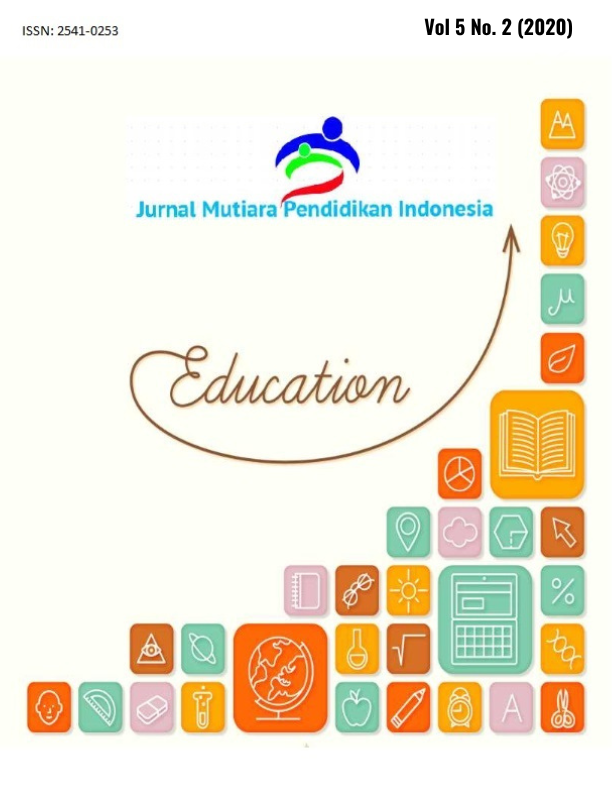LEXICAL CHANGE IN MINANGKABAU LANGUAGE
Main Article Content
Abstract
This study deals with the lexical change in Minangkabau language. It employs qualitative descriptive research. The focus of this study is the lexical creations in which aim to describe: (1) the processes of lexical creation in Minangkabau language, (2) to explain the reasons of lexical creation in Minangkabau language. The source of the data was short stories in Minangkabau language written by Miranda. In this study, the technique of collecting data was documentary technique. To get more accurate data, the process is done by interviewing some informants who speaks Minangkabau language in the family. The researcher recorded the interview and wrote it down in transcript. The processes of lexical change were found in Minangkabau language i.e. derivation, compound, borrowing and coinage. For example, the word parak previously in Minang language means almost = almost noon / early morning. The word parak is derived from English means park. This process occurs because sporadic relationships in trade in the past. another example is the word apo becomes a only when they express the sentence Apo keceknyo jo kau simply A keceknyo jo kau? This process happens because of more popular than the original termusually because the original is too long or outdated.
Downloads
Article Details
References
Brinton, L. J. Aand Traugott, E. C.(2005). Lexicalization and Language Change. Cambridge: Cambridge University Press.
Chaer, Abdul dan Agustina Leony. (2004). Sosiolinguistik: Perkenalan Awal. Jakarta: Rineka Cipta.
Crystal, D. (1995). The Cambridge Encyclopedia of the English Language. Cambridge: Cambridge University Press.
Katamba, F. (1994). English Words. Routledge: London.
Ke, J., Gong, T. and Wang, W. S-L. (2008). Language Change and Social Networks. Communication in Conceptual Physics Vol. 3, No.4, pp. 935-949.
Hall Robert A., Jr., 1964. Introductory Linguistics, Chilton Company: Indian Edition 1969, Motilal Banarsidass, Delhi-7
Hana, J. (2006). Language Change. Retrieved on July 13, 1010 from the Internet at http://www.pdfound.com
Hickey, R. 1987.Language Change. Cambridge: Cambridge University Press.
Moh. Nasir, (2017). Metode Penelitian, dalam Buletin Al-Turas Mimbar Sejarah,Sastra,Budaya, dan Agama - Vol. XXIII No.2, Juli 2017
Winarno, Surakhmand.(1980).Pengantar Penelitian Ilmiah. Bandung:
Varshney, R.L.(1995). An Introductory Textbook of Linguistics and Phonetics. Rampur Bagh: Student Store.
Rusmali, Marah, (1985). Kamus Minang-Indonesia. Jakarta: Pusat Pembinaan dan Pengembangan Bahasa Departemen Pendidikan dan Kebudayaan
https://id.wiktionary.org/wiki/Kategori:min:Nomina
www.depdikdas.go.id/pusat-bahasa/746-jumlah-bahasa-daerah
http://mirandangmaganda.blogspot.com/2013/01/cerita-minang-kabau-lucu-terbaru.html

